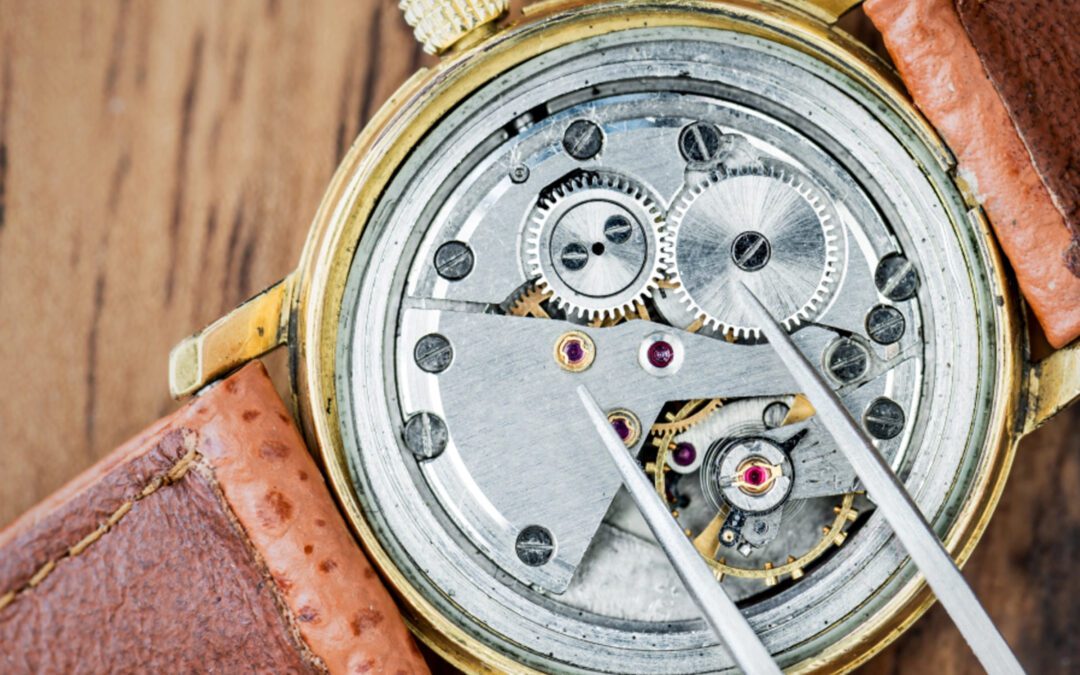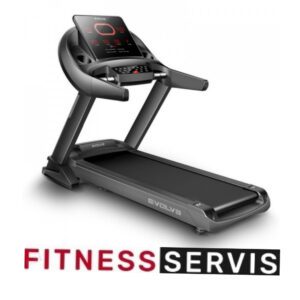Water resistance is a crucial feature for many watch buyers. Learn about different water resistance ratings, what they mean, and how to choose a watch that meets your needs, whether for swimming, diving, or everyday wear. Check out our water-resistant watch collection from quality manufacturers.
Understanding water resistance in watches is essential for making an informed purchase, especially if you plan to use your watch in or around water. Here’s a comprehensive guide on what water resistance ratings mean and how to choose a watch that meets your needs.
Water Resistance Ratings Explained
Water resistance ratings indicate how well a watch can withstand water pressure. These ratings are often measured in meters (m) or atmospheres (ATM). Here’s what the common ratings mean:
- 30 meters (3 ATM): Suitable for everyday wear. It can handle splashes of water but is not suitable for swimming.
- 50 meters (5 ATM): Suitable for swimming in shallow water, but not for diving or snorkeling.
- 100 meters (10 ATM): Suitable for swimming and snorkeling, but not for high-impact water sports or diving.
- 200 meters (20 ATM): Suitable for recreational scuba diving.
- 300 meters (30 ATM) and above: Suitable for professional diving.
How Water Resistance is Tested
Water resistance testing is conducted in controlled environments where the watch is subjected to water pressure equivalent to the depth rating. It’s important to note that these tests are done under static conditions, not taking into account the dynamic movements and pressure changes experienced during actual use. This means that a watch rated at 30 meters shouldn’t be taken 30 meters underwater as it won’t handle the dynamic pressure.
Choosing the Right Watch for Your Needs
When selecting a water-resistant watch, consider your specific activities and needs:
1. Everyday Wear: If you need a watch for everyday activities and occasional exposure to water (like hand washing or rain), a watch with a 30 meters (3 ATM) rating is sufficient.
2. Swimming and Snorkeling: For regular swimming or snorkeling, opt for a watch with at least a 100 meters (10 ATM) rating. This ensures it can handle prolonged exposure to water.
3. Diving: For scuba diving, choose a watch with a minimum of 200 meters (20 ATM) water resistance. Professional divers should look for watches rated at 300 meters (30 ATM) or more, often referred to as diver’s watches, which comply with ISO 6425 standards.
Maintenance and Care
To maintain the water resistance of your watch:
- Regular Servicing: Have your watch’s seals and gaskets checked regularly, especially if it’s exposed to water frequently.
- Avoid Sudden Temperature Changes: Sudden changes can cause the metal to expand and contract, potentially compromising the seals.
- Rinse After Use: After exposure to saltwater or chlorine, rinse your watch with fresh water to prevent corrosion.
Popular Water-Resistant Watches
1. Seiko Prospex: Seiko Prospex watches are known for their durability and are highly regarded among divers. Models like the Seiko Prospex Diver’s 200m are perfect for recreational diving. Explore Seiko Prospex
2. Rolex Submariner: The Rolex Submariner is an iconic dive watch with a water resistance of 300 meters, making it suitable for professional diving. Explore Rolex Submariner
3. Casio G-Shock: Casio G-Shock watches offer robust water resistance, often rated at 200 meters. They are excellent for water sports and rough conditions. Explore Casio G-Shock
4. Omega Seamaster: The Omega Seamaster is another excellent choice for diving, with models offering up to 300 meters of water resistance. Explore Omega Seamaster
Conclusion
Understanding water resistance ratings and choosing a watch that fits your lifestyle and activities is crucial. Whether you need a watch for everyday wear, swimming, or professional diving, there are plenty of options available. For a wide range of water-resistant watches, visit WatchOnlineBuy.com.




